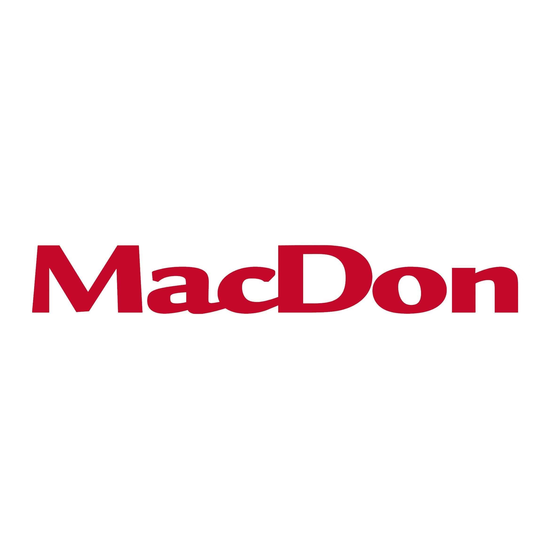

MacDon R1 FR Series Operator's Manual
Front mount rotary disc
Hide thumbs
Also See for R1 FR Series:
- Quick card user manual (2 pages) ,
- Unloading and assembly instructions (88 pages)











Need help?
Do you have a question about the R1 FR Series and is the answer not in the manual?
Questions and answers